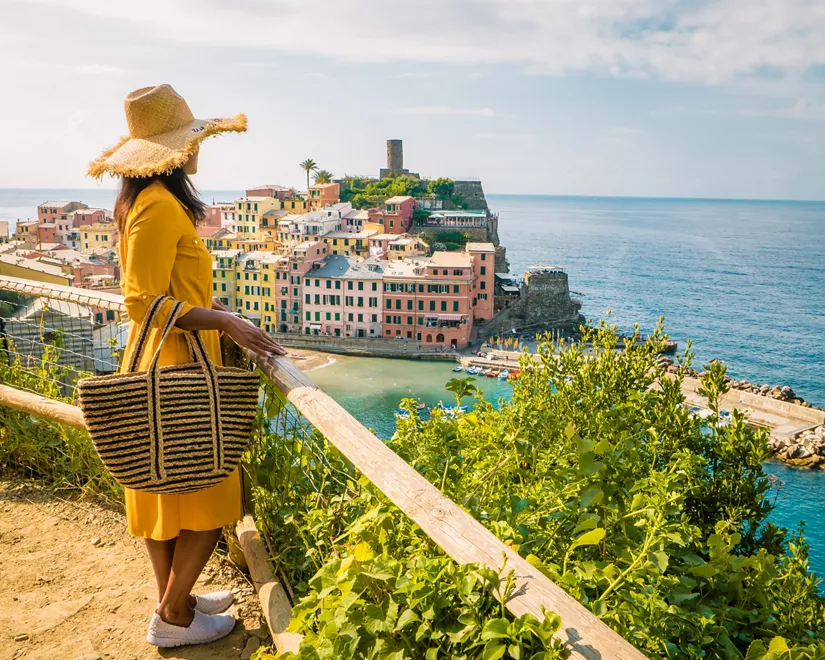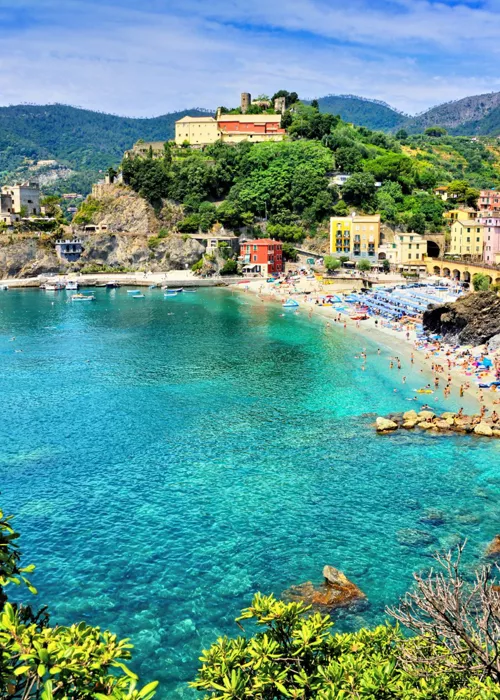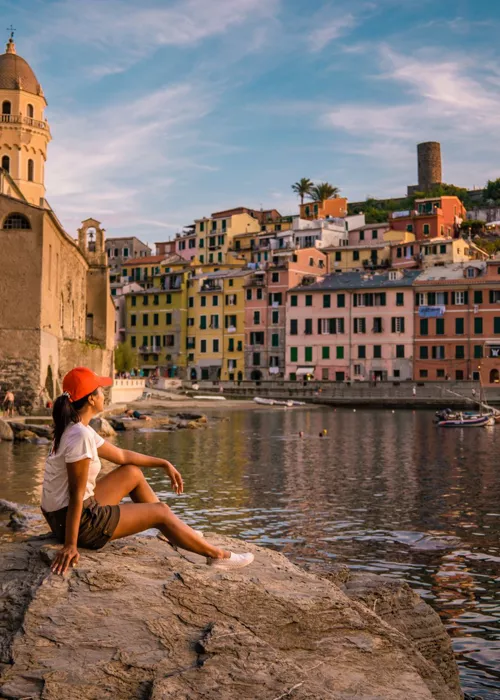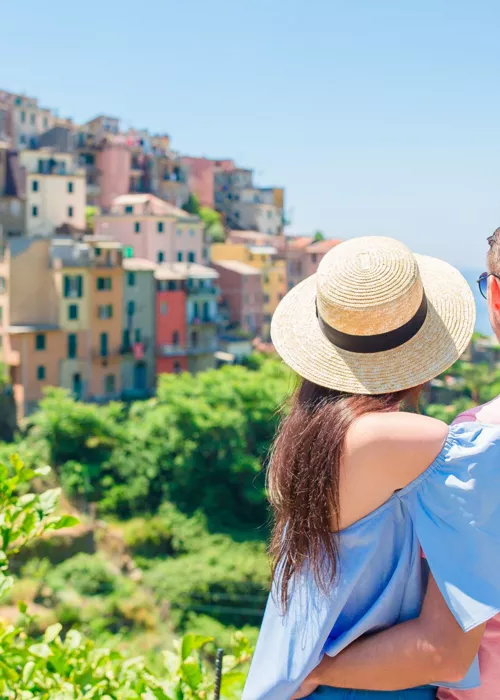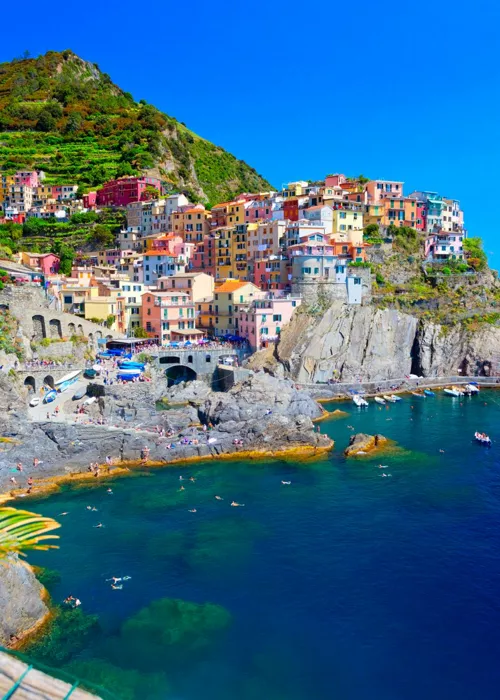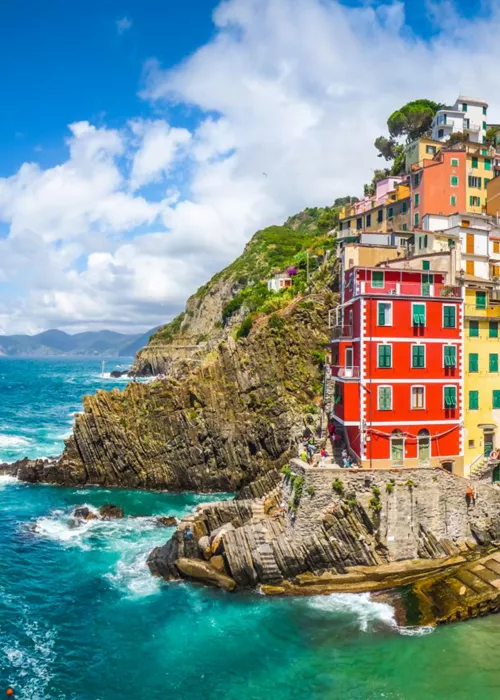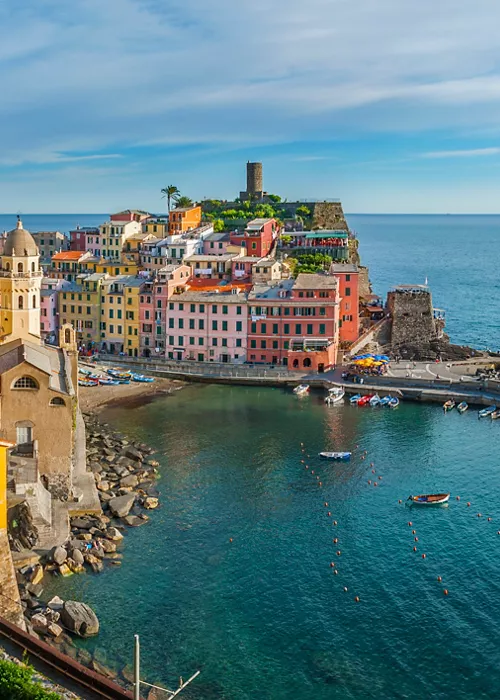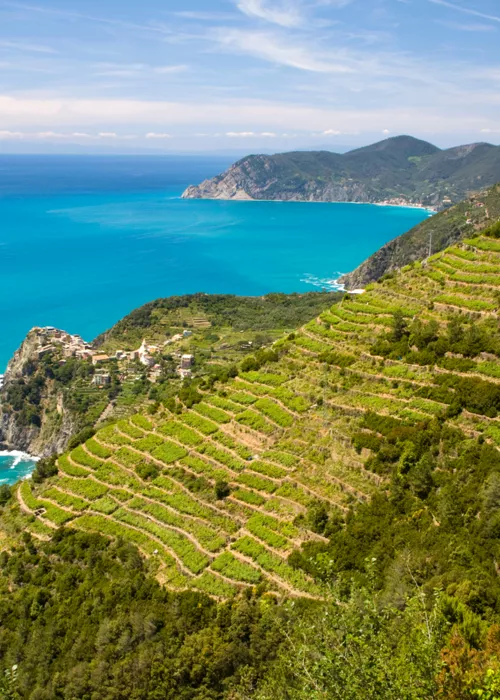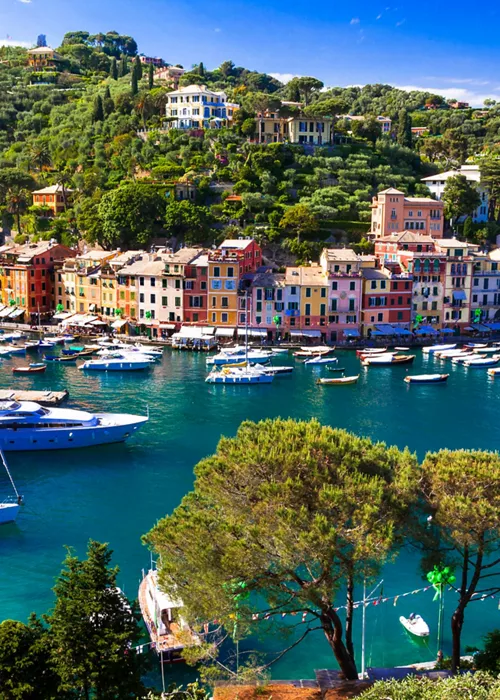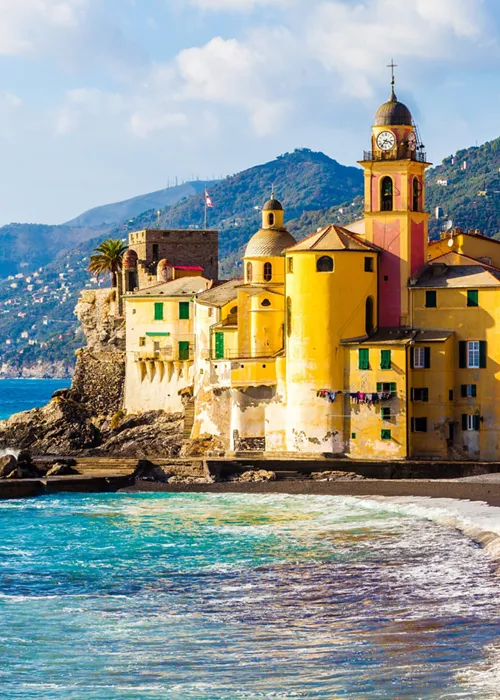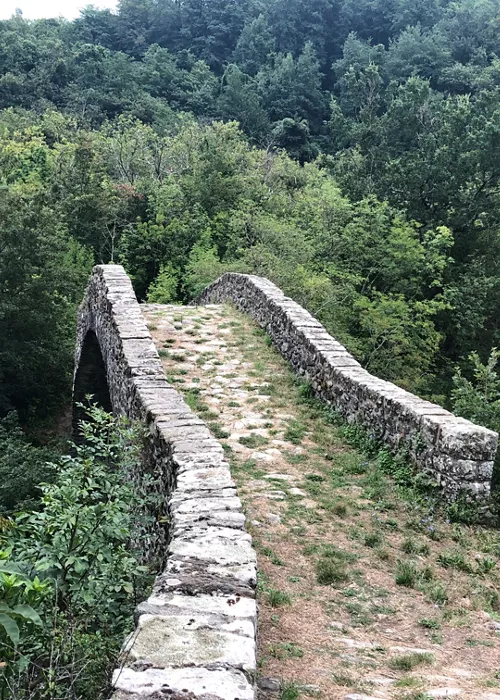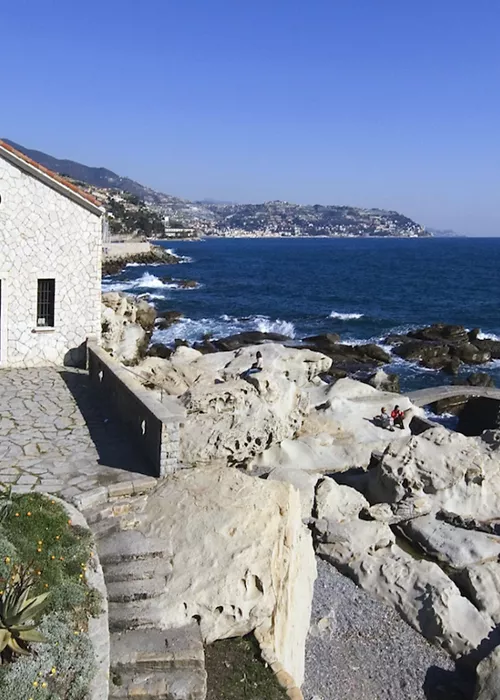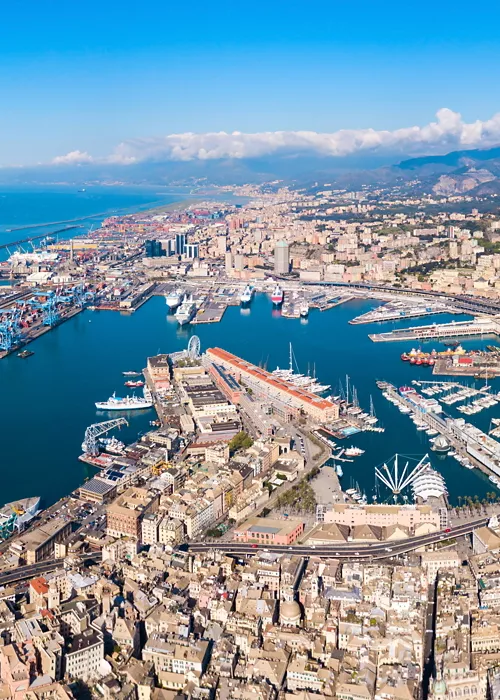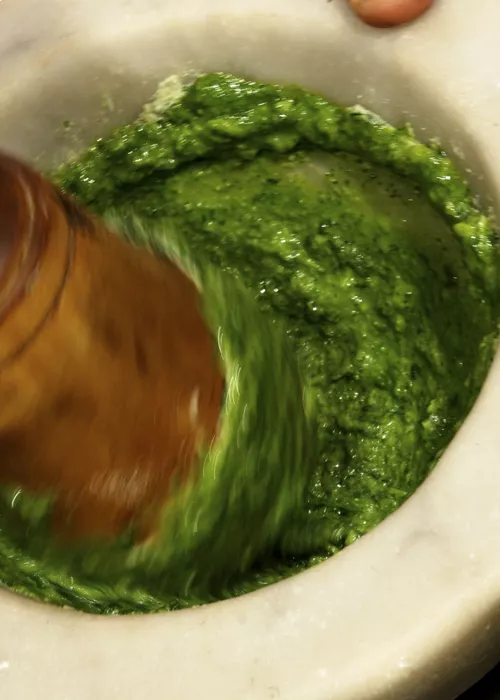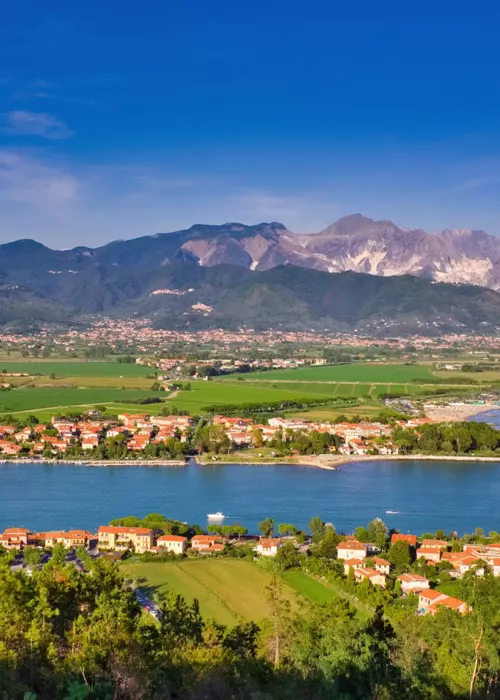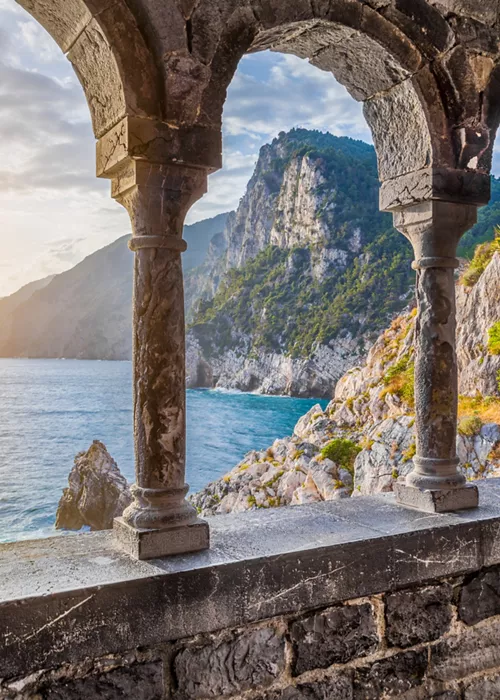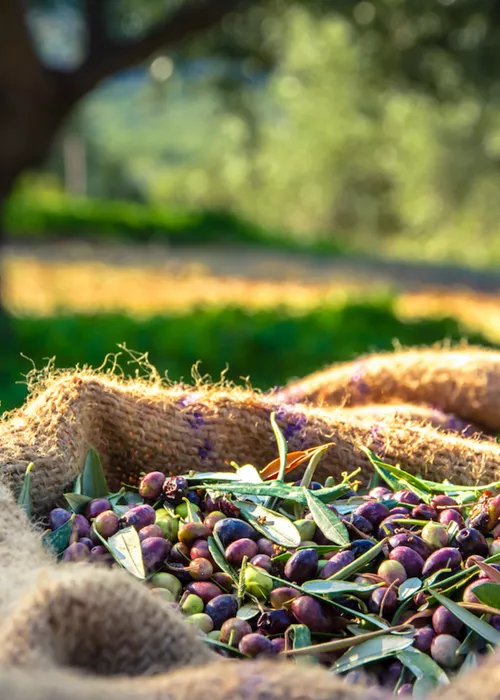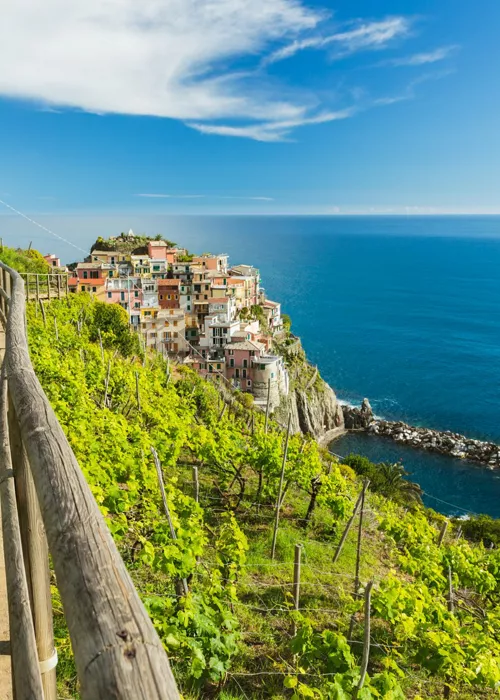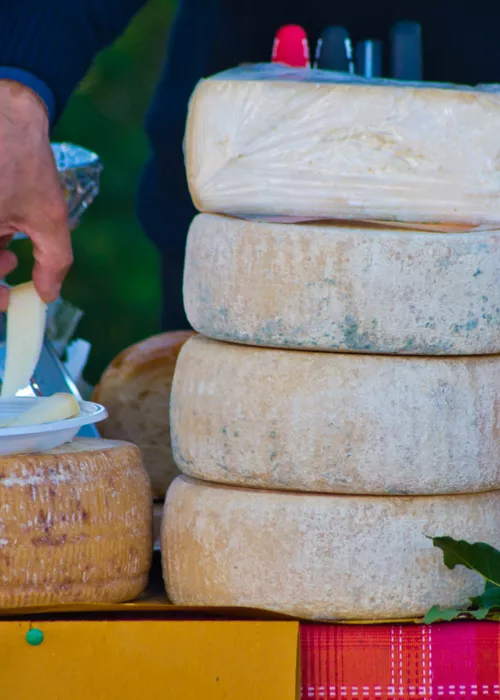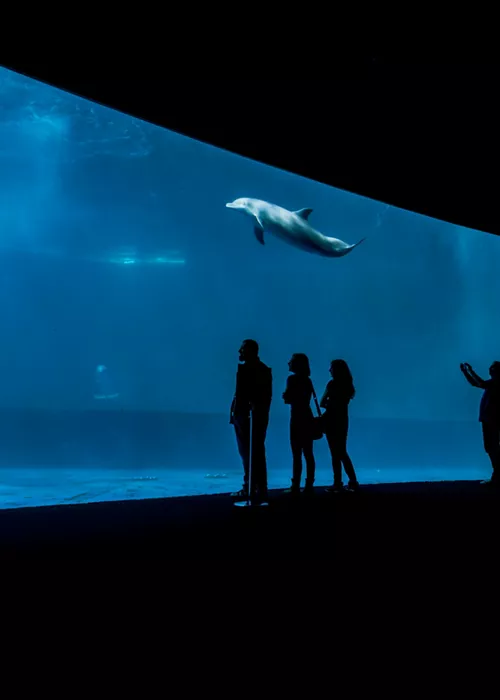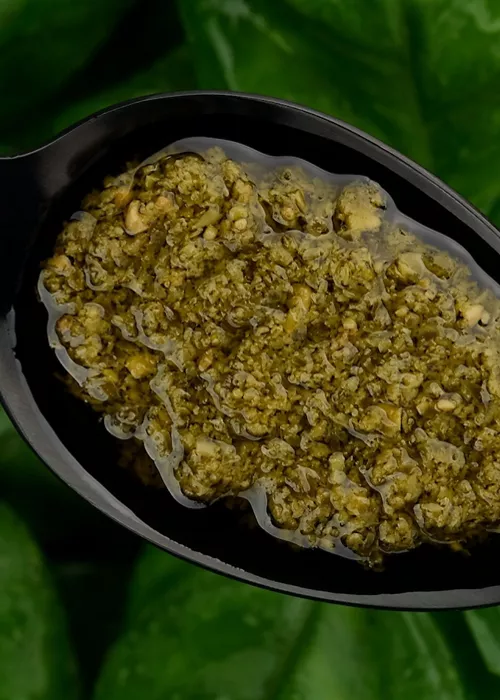Cinque Terre: enchanting villages overlooking the sea in Liguria
4 minutes
There are no fewer than 18 kilometres of marvellous rocky Ligurian coast line overlooked by a chain of mountains parallel to the shoreline and enriched by beaches, bays and deep seabeds, as well as terraced vineyards and olive groves with typical old dry stone walls.
The Cinque Terre offer a natural heritage of great variety: together with Porto Venere and the islands of Palmaria, Tino and Tinetto, they have been included in the UNESCO World Heritage List as a significant example of how mankind can shape the environment, respecting it.
What the Cinque Terre are and where they are located
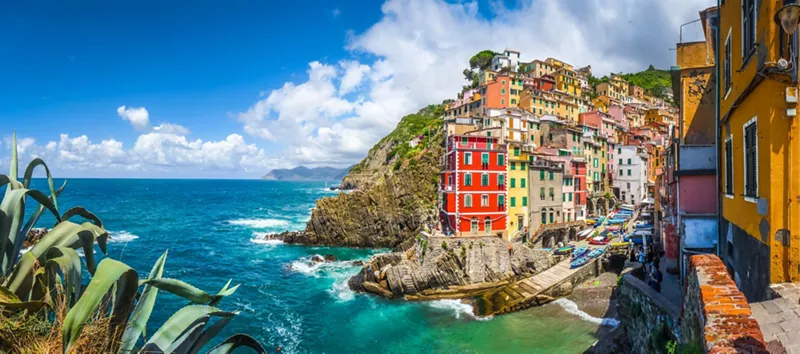
An indented stretch of coastline on the eastern Ligurian Riviera, the Cinque Terre are jewels set between Punta Mesco and Punta di Montenero, in the province of La Spezia. Monterosso al Mare, Vernazza, Corniglia, Manarola and Riomaggiore, moving eastwards, are the charming towns that enjoy this privileged position on the Mediterranean Sea.
Small and linked to each village in the area, the beaches of the Cinque Terre are renowned for being narrow and pebbly, but if pebbles are not your thing, don't worry: you can opt for Monterosso, where you will find a soft, sandy shore. The coastline is a succession of sheer stone spurs, tiny shores and beautiful ravines.
Sports enthusiasts will be more interested in the renowned Cinque Terre trails, for centuries the only link between one village and another, which run for more than 120 kilometres and allow the entire territory to be visited.
History and information on the Cinque Terre
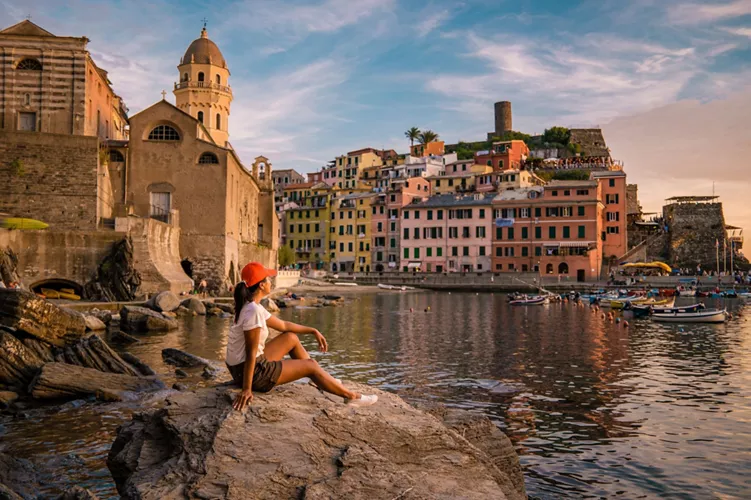
The earliest signs of human presence in this area can be found in the deposits of the Grotta dei Colombi on the island of Palmaria, where bones and fossils of animals and artefacts dating back to the Palaeolithic period were found. There are also numerous Neolithic artefacts that suggest it was a point inhabited by hunters who lived in caves or rock shelters.
The menhirs in Liguria, found in the area of Campiglia Tramonti, tell another important part of the area's history: it seems that these stones had a calendar-related function or were forerunners of the stele statues found in nearby Lunigiana.
During the Bronze Age, centres grouped into small districts were headed by castellarians in dominant positions with defensive functions. The closest castellare to the Cinque Terre is located on Mount Castellaro, in the Pignone valley, an important stable settlement of the time.
Why the Cinque Terre are a UNESCO site
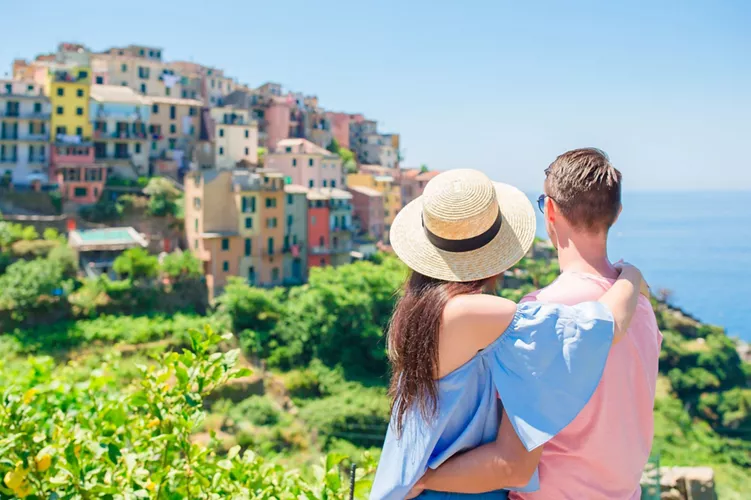
The Cinque Terre, Porto Venere and the three islands of Palmaria, Tino and Tinetto were fully recognised on the UNESCO World Heritage List in 1997 as cultural sites of exceptional value, perfectly representing the harmonious interaction between man and nature, in a cultural landscape that has achieved an unparalleled scenic quality and narrates a traditional way of life that has played an important socio-economic role in the life of the community for more than a thousand years.
The Cinque Terre National Park is wonderful to explore on foot or by bike with its 120 km of scenic themed trails: try the one that runs through the vineyards of the local Sciacchetrà raisin wine or the one to discover the ancient settlements. Or if you prefer, any of the swimming and kayaking itineraries offered by the Marine Protected Area.
The most beautiful places to visit in the Cinque Terre: 8 unmissable stops
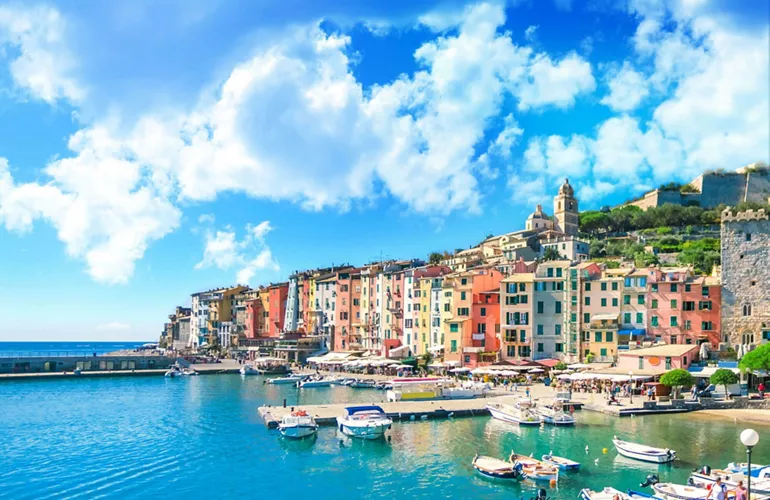
So much beauty can be overwhelming: what to see in the Cinque Terre? Here are 8 stops you should not miss.
The first is Monterosso al Mare, a renowned tourist resort with elegant villas and the beautiful Fegina beach. Its carruggi, the typical narrow streets, lead to the old centre, where you can admire its masterpieces, including churches and monuments. The literary park dedicated to the poet Eugenio Montale is also located here.
We continue on to Vernazza, a village that developed around the small port already used in Roman times. The small square overlooking the sea and the Gothic church dedicated to St Margaret of Antioch are the main attractions together with the Doria Castle, a defence against attacks from the sea.
The third stop goes straight to the heart and leaves you breathless: it is Riomaggiore, the heart of the park of the same name and a picturesque fishing village with tall, narrow houses painted in pastel colours and narrow alleyways.
At Porto Venere, part of the UNESCO site and a coveted holiday destination, you have to make a long stop. It is the perfect combination of nature and architecture, characterised by the bright colours of the houses, the narrow alleys, the flights of steps and the postcard-perfect marina.
Also worth a visit is Corniglia, a wine-growing village perched on the ridge of the promontory and connected to the beach by a stairway. Lastly, Manarola in the Cinque Terre leaves you speechless: it stands on a large black rock and is known for producing an excellent olive oil and the sought-after raisin wine Sciachetrà.
Hiking fans will fall in love with the Sentiero Azzurro, the easiest, most famous and most visited of the Cinque Terre, which winds through the National Park in 4 sections: Riomaggiore-Manarola, a section also known as the Via dell'Amore of the Cinque Terre, Manarola-Corniglia, Corniglia-Vernazza and Vernazza-Monterosso al Mare.
Typical products from the Cinque Terre: 2 specialities to try
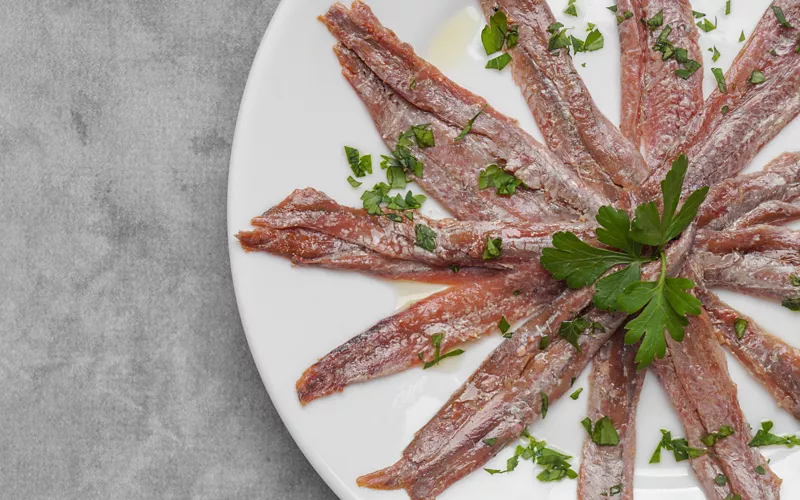
First of all, the good drinking. A holiday in this area must include wine tasting of the Cinque Terre, and in particular the most important productions: the DOC white wine and the Sciacchetrà.
The whites, which come from Bosco, Albarola and Vermentino white grapes, are served chilled: perfect for sipping with appetisers, such as the anchovies of Monterosso, fished from June onwards and left to mature in salt, in chestnut barrels or terracotta pots. A delicacy with an intense taste of the sea.
To accompany a dessert, the gentle, medium-sweet Sciacchetrà delle Cinque Terre, an intense and structured passito wine. Try it with dry pastries, pandolce genovese, blue cheeses and desserts in general.

